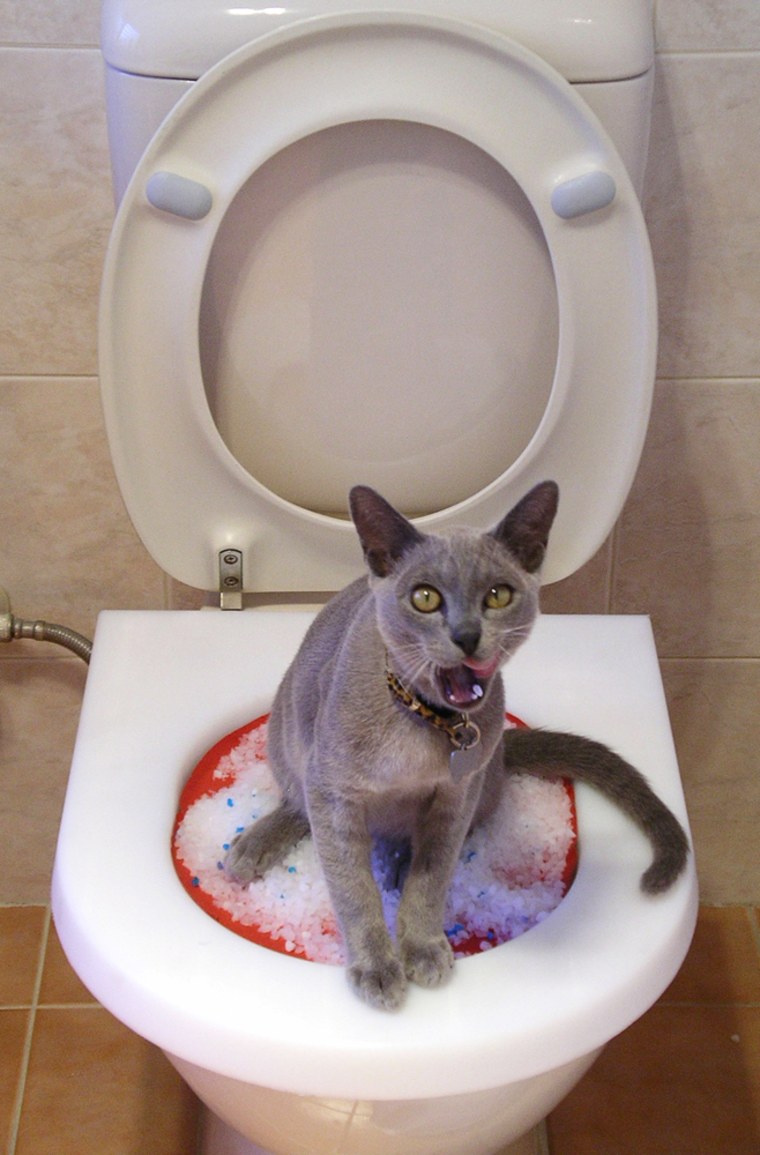Avoid Flush Cat Poop Down Your Toilet - Maintain Your House's Plumbing System
Avoid Flush Cat Poop Down Your Toilet - Maintain Your House's Plumbing System
Blog Article
What are your concepts on How to Dispose of Cat Poop and Litter Without Plastic Bags?

Introduction
As feline proprietors, it's essential to bear in mind exactly how we dispose of our feline close friends' waste. While it may seem hassle-free to purge pet cat poop down the bathroom, this technique can have destructive effects for both the environment and human health.
Alternatives to Flushing
Luckily, there are much safer and more liable methods to throw away feline poop. Consider the adhering to alternatives:
1. Scoop and Dispose in Trash
The most usual technique of taking care of feline poop is to scoop it right into a naturally degradable bag and toss it in the trash. Make sure to utilize a specialized trash scoop and deal with the waste immediately.
2. Usage Biodegradable Litter
Choose naturally degradable pet cat clutter made from materials such as corn or wheat. These trashes are environmentally friendly and can be safely disposed of in the trash.
3. Bury in the Yard
If you have a backyard, think about hiding pet cat waste in a designated area far from veggie yards and water sources. Make sure to dig deep adequate to avoid contamination of groundwater.
4. Mount a Pet Waste Disposal System
Buy a pet dog garbage disposal system specifically developed for feline waste. These systems make use of enzymes to break down the waste, minimizing odor and ecological impact.
Health and wellness Risks
Along with ecological worries, purging cat waste can likewise posture health risks to humans. Cat feces may have Toxoplasma gondii, a bloodsucker that can cause toxoplasmosis-- a possibly serious ailment, especially for pregnant ladies and people with damaged body immune systems.
Ecological Impact
Flushing cat poop presents dangerous pathogens and bloodsuckers into the water system, posturing a significant danger to marine ecosystems. These contaminants can adversely impact aquatic life and compromise water high quality.
Verdict
Responsible pet dog ownership expands past providing food and sanctuary-- it additionally entails proper waste monitoring. By avoiding flushing feline poop down the commode and opting for alternate disposal techniques, we can reduce our environmental impact and shield human health and wellness.
Why Can’t I Flush Cat Poop?
It Spreads a Parasite
Cats are frequently infected with a parasite called toxoplasma gondii. The parasite causes an infection called toxoplasmosis. It is usually harmless to cats. The parasite only uses cat poop as a host for its eggs. Otherwise, the cat’s immune system usually keeps the infection at low enough levels to maintain its own health. But it does not stop the develop of eggs. These eggs are tiny and surprisingly tough. They may survive for a year before they begin to grow. But that’s the problem.
Our wastewater system is not designed to deal with toxoplasmosis eggs. Instead, most eggs will flush from your toilet into sewers and wastewater management plants. After the sewage is treated for many other harmful things in it, it is typically released into local rivers, lakes, or oceans. Here, the toxoplasmosis eggs can find new hosts, including starfish, crabs, otters, and many other wildlife. For many, this is a significant risk to their health. Toxoplasmosis can also end up infecting water sources that are important for agriculture, which means our deer, pigs, and sheep can get infected too.
Is There Risk to Humans?
There can be a risk to human life from flushing cat poop down the toilet. If you do so, the parasites from your cat’s poop can end up in shellfish, game animals, or livestock. If this meat is then served raw or undercooked, the people who eat it can get sick.
In fact, according to the CDC, 40 million people in the United States are infected with toxoplasma gondii. They get it from exposure to infected seafood, or from some kind of cat poop contamination, like drinking from a stream that is contaminated or touching anything that has come into contact with cat poop. That includes just cleaning a cat litter box.
Most people who get infected with these parasites will not develop any symptoms. However, for pregnant women or for those with compromised immune systems, the parasite can cause severe health problems.
How to Handle Cat Poop
The best way to handle cat poop is actually to clean the box more often. The eggs that the parasite sheds will not become active until one to five days after the cat poops. That means that if you clean daily, you’re much less likely to come into direct contact with infectious eggs.
That said, always dispose of cat poop in the garbage and not down the toilet. Wash your hands before and after you clean the litter box, and bring the bag of poop right outside to your garbage bins.
https://trenchlesssolutionsusa.com/why-cant-i-flush-cat-poop/

I'm certainly very fascinated by How to Dispose of Cat Poop and Litter Without Plastic Bags and I am hoping you liked the blog post. Enjoyed reading our blog entry? Please share it. Help others locate it. I love reading our article about Can You Flush Cat Poo or Litter Down the Toilet?.
Schedule Your Job Now Report this page